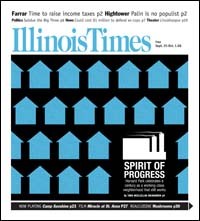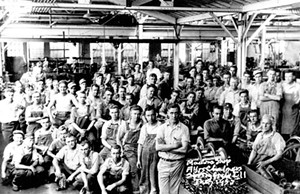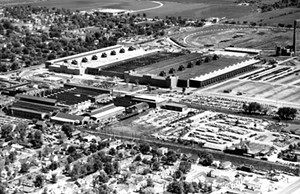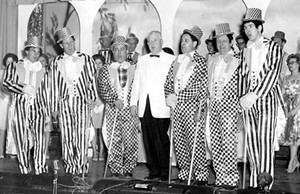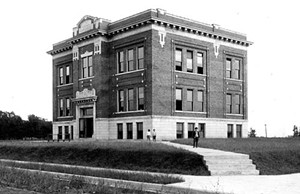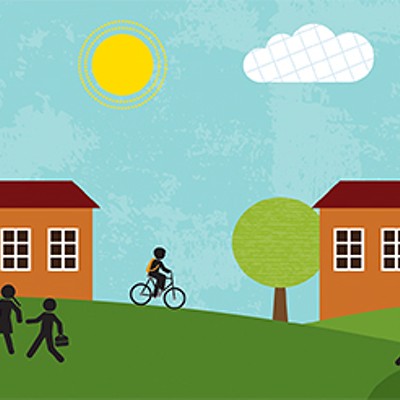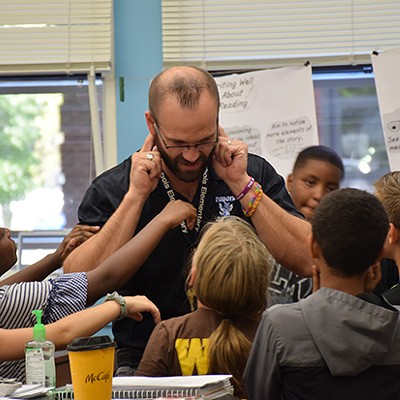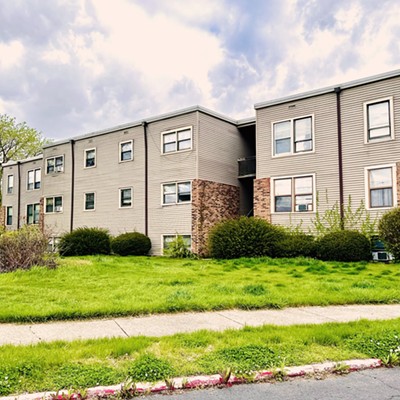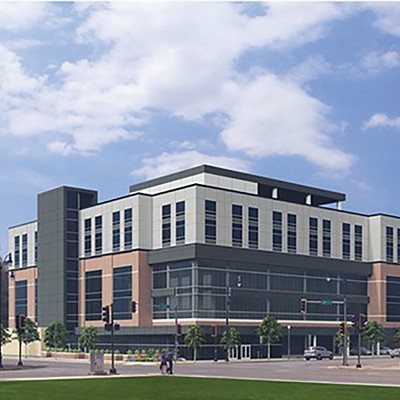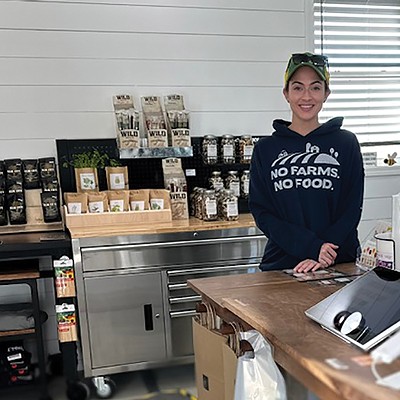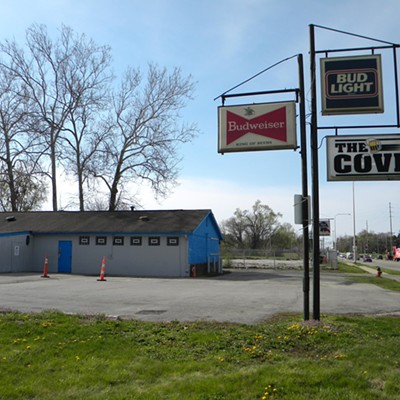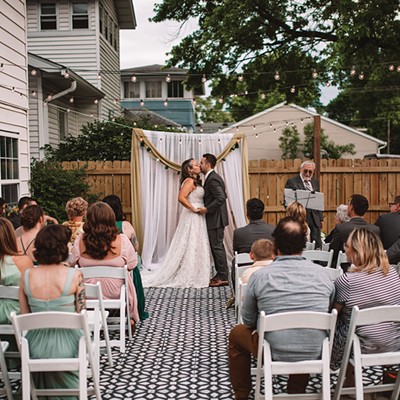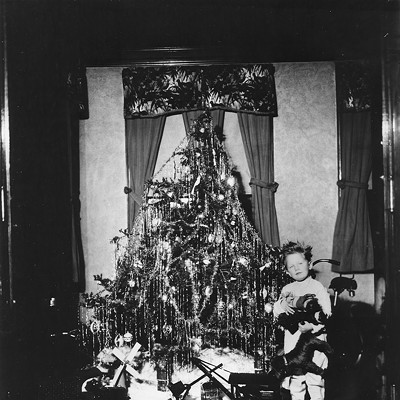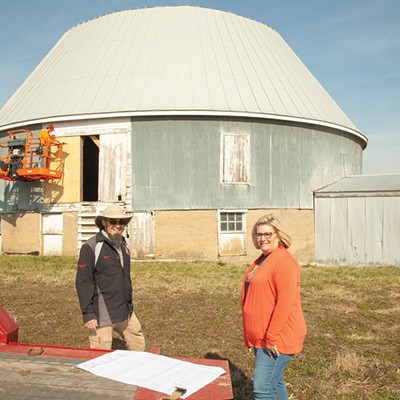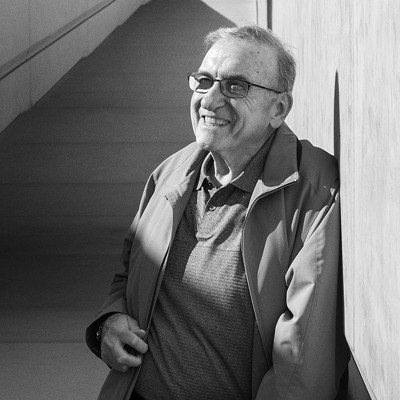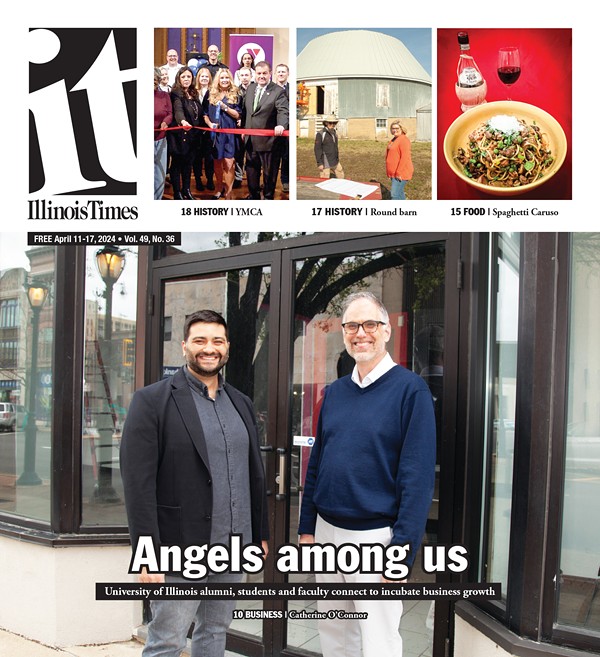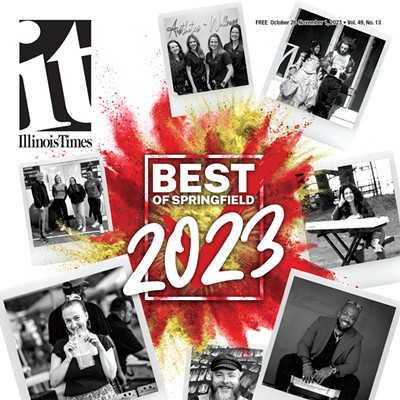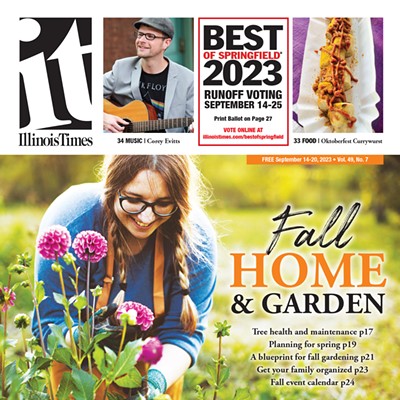T his year Springfield's Harvard Park neighborhood celebrates the centennial of its annexation to the city. The neighborhood's roots reach back to one of Springfield's oldest families and tell the story of forward-thinking community planners who believed well-designed neighborhoods could provide beautiful scenery and easy access to jobs and recreation at affordable prices.
Harvard Park is roughly bound by Sixth, Ash, Eleventh and Stanford streets, with an industrial area originally positioned south of Stanford.
In the 1830s, about a decade after white settlers began locating in this area, members of the Elijah Iles family bought land from the federal government that eventually became Harvard Park. They farmed it, then sold it. After a series of owners, including a sewing machine manufacturer that balked on a promise to locate there, Springfield banker Edward Keys purchased about 300 acres in 1906. At the time the land was being farmed and mined by two coal companies.
Keys had a progressive idea: create a subdivision that combined homes, businesses and industry. "The industrial component was what made it unusual," says Curtis Mann, city historian and manager of Lincoln Library's Sangamon Valley Collection. "It was likely the only neighborhood of its kind at that time in Springfield." Residents could walk to work, stores, and a popular park.
They only had to cross east on Eleventh Street to reach Mildred Park (what is now Bunn Park). Here they could swim in the lagoon, stroll across its suspension bridge, watch vaudeville acts, visit the "electric theater" (which offered a reproduction of the 1906 San Francisco earthquake and fire), and try the "shoot-the-chute ride," an old-fashioned log boat amusement.
Keys platted the land in 1906 and began selling residential lots, and plenty of them. Harvard Park's approximately 1,000 residences made it the city's biggest neighborhood at the time, according to Mann.
A June 12, 1910 ad from Springfield's Illinois State Journal touted the neighborhood's amenities: "broad streets, cement sidewalks, water, gas, electricity, sewers… and parkways." It said this "garden spot of the suburbs" was perfect for "young, newly married couples," because of its reasonable rates and payment plans.
Perhaps to give the place "a sense of integrity and permanence," says Anthony Rubano, an architect and historian with the Illinois Historic Preservation Agency who led a recent Harvard Park trolley tour, the neighborhood and streets were named after Ivy League schools: Harvard, Yale, Bryn Mawr, Stanford, and Princeton.
Keys secured the help of the Springfield
Businessmen's Association and the Springfield Chamber of Commerce to
attract at least a dozen factories to the area. Together they lured Weaver
Manufacturing (it made car parts), the Zumbrook Screen Company, Coats Watch
Parts Factory, the Springfield Motorcar Company, and the Illinois Foundry,
among others, according to Mann.
At least once they lured prospective factories in creative ways. The community's promoters wanted to convince Fetzer Implement Company, an agricultural implement manufacturer, to move to Harvard Park from Ohio. They offered owner William Fetzer three acres of land and a $15,000 bonus if his company moved there and flourished. To help raise the bonus money, Keys and his associates sponsored "Fetzer Day" on July 27, 1908.
A portion of every Harvard Park lot sold that day helped fund Fetzer's bonus (lots sold for $3 to $18 a foot). Articles in city papers promoted the event, saying the factory's move here would help Springfield, and interested homebuyers purchased special "Fetzer Day" buttons which gave them a free streetcar ride to Harvard Park that day.
On August 13, 1908, Fetzer came to Springfield to sign the contract. The next day the infamous 1908 race riots broke out, destroying parts of the city and garnering Springfield ugly headlines and negative attention across the nation. Either Fetzer couldn't renege on his word or wasn't bothered enough by the events to do so. The company moved to Harvard Park that year, as promised. It closed 10 years later.
One original neighborhood business that remains is Paris Fabricare Specialists, known as Paris Cleaners. Immigrant Frank Franke, a tailor and exhibition boxer, and his eldest son, Carl, Sr., founded the company in 1909 and named it after the city where dry cleaning started. Now located at 1013 East Ash and run by fourth-generation Frankes, it was previously located directly south, across Ash Street.
Walls inside Paris Cleaners are covered with pieces
from its history: old advertisements and hangers, newspaper clippings and
photos. One clipping explains the company's penchant for the number
13. The patriarch, Frank Franke, had 13 children, including company
co-founder Carl, Sr., who was born on Sept. 13, and the building's
address has the number 13 in it. So the Frankes asked for a phone number
with 13 in it, too. The company's trucks even had license plates,
long ago, that included the number. To tie it together, they developed the
slogan "13 is unlucky for spots" which appeared in their ads
and on their hangers.
"Harvard Park has a striking sense of place that's unusual for the city, because of its wide streets and its homes that were built around the same time in similar styles with similar materials," said Anthony Rubano as he pointed out some of the neighborhood's Cape Cod, Cottage, Four-Square, and Arts and Crafts-style homes on the recent trolley tour. Some of the houses were built shortly after Harvard Park's inception, while most were constructed between the end of World War I and the beginning of the Depression.
Unlike earlier neighborhoods, the community boasts two boulevard streets, Yale and Bryn Mawr, with center islands of grass and trees. "Boulevards were public park space and progressive urban designs at the time. It was thought that they helped increase ventilation, which was thought to promote good health," according to Rubano.
The boulevards, wide streets, and homes were designed to look "quaint and bucolic," he said. Indeed some of the small cottages with their round-topped doors and nearby trees are like illustrations in a fairy tale. The neighborhood was probably a step up for those who moved there. "It was modern, wonderful housing for a class of citizens who might not have had such nice housing a generation prior," Rubano said. Many working class people lived in tenement housing at the time.
"Many people have lived in Harvard Park for 40,
50, or 60 years," says Polly Poskin, president of the Harvard Park
Neighborhood Association. "I know one woman who has lived here for 71
years, her entire life, and another woman who's lived here 61 years.
There are many more just like them."
That longevity has probably contributed to Harvard Park's legacy of community spirit. (Most of the riders on the recent trolley tour were Harvard Park residents wanting to hear about their neighborhood's history.) In 1940, men from the area organized the Harvard Park Dads Club. By 1950 it had 500 members. The group held family socials and put on an annual minstrel show to raise money for neighborhood projects, like the construction of a community building and a softball diamond.
More recently, residents formed the Harvard Park
Neighborhood Association to protest the city's idea to turn Bryn Mawr
Boulevard into the east/west route for the proposed Stanford overpass.
"Residents were outraged," Poskin says.
"The neighborhood did not want their beautiful, quiet boulevard
turned into an artery of vehicles, noise and congestion. They organized,
wrote letters, requested meetings with city officials and started a
newsletter to announce meetings, agendas, and the like."
It worked. The city changed plans.
The neighborhood
association still meets at least twice a year, publishes a newsletter for
nearly 850 residences, and organizes alley cleanups, an Adopt-A-Street
program, and garden walks, in addition to several events to celebrate the
community's centennial.
And it still fights to keep the community up to its
standards. In recent years the Harvard Park Neighborhood Association has
been monitoring the Bel-Aire Motel at 2636 South Sixth Street, just south
of Bryn Mawr Boulevard. "The main issues there are the lack of
general upkeep on the building, the barren, unsightly parking lot,
abandoned vehicles, occasional domestic violence, petty thefts near the
motel…and suspicious activity that resembles drug use and
dealing," Poskin says.
While Harvard Park's alderman, Mark Mahoney, "has been remarkably responsive to our requests and has initiated actions that hopefully will make positive changes for Harvard Park and the entire city," according to Poskin, the neighborhood still struggles to get necessary work done. It makes "unending requests of the city to repair sidewalks and curbs, resurface the streets, trim up the trees and make improvements that encourage current residents to remain and prospective home buyers to move in.
"We have the attractive, affordable housing, we have the large, beautiful trees, we have lovely boulevards, we have general peace and quiet; we need the infrastructure improvements to highlight our existing resources," she says.
This Saturday, September 27, Harvard Park will hold a
birthday celebration for its 100th anniversary. Activities begin at 3:30 pm
at the Harvard Park Grade School at Yale Boulevard and Oberlin Street, and
include: a children's parade, historic photo display, antique cars,
jumping gyms, Three's Company singers, the Harvard Park Baptist
Church Gospel Gang, and Sounds by Design deejay. Representative Raymond Poe
will cook a chicken dinner at 5:30pm ($5 for adults, $3 for kids). The
public is invited.
Tara McClellan McAndrew is a lifelong Springfield resident who has written about local history for four years. Her roots in the area stretch back five generations.

